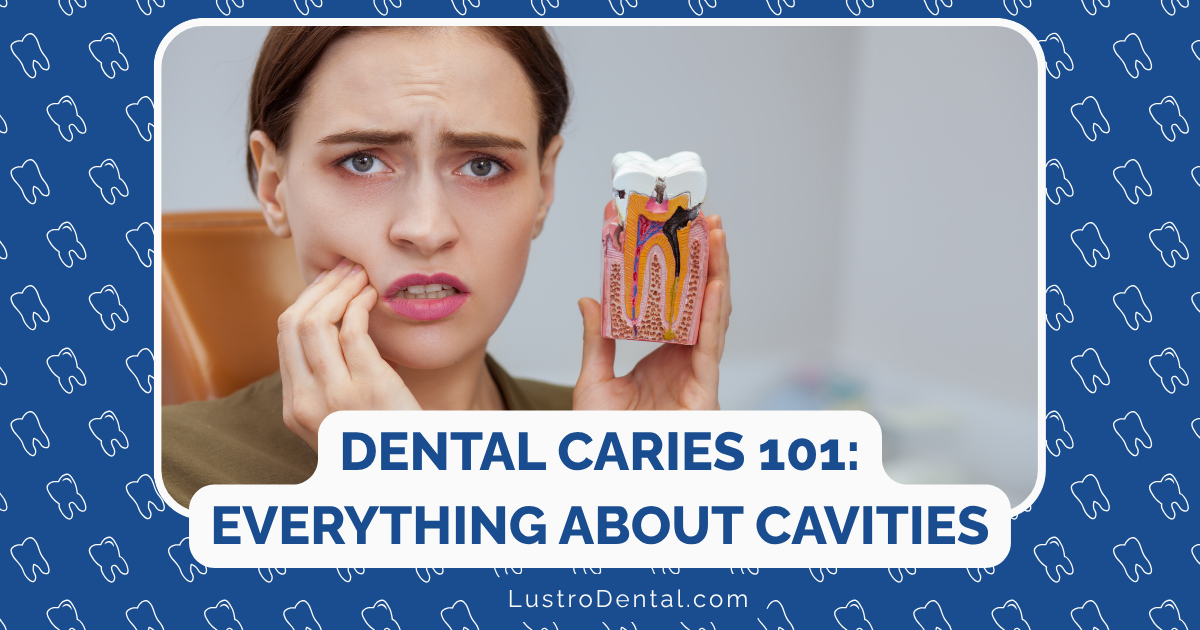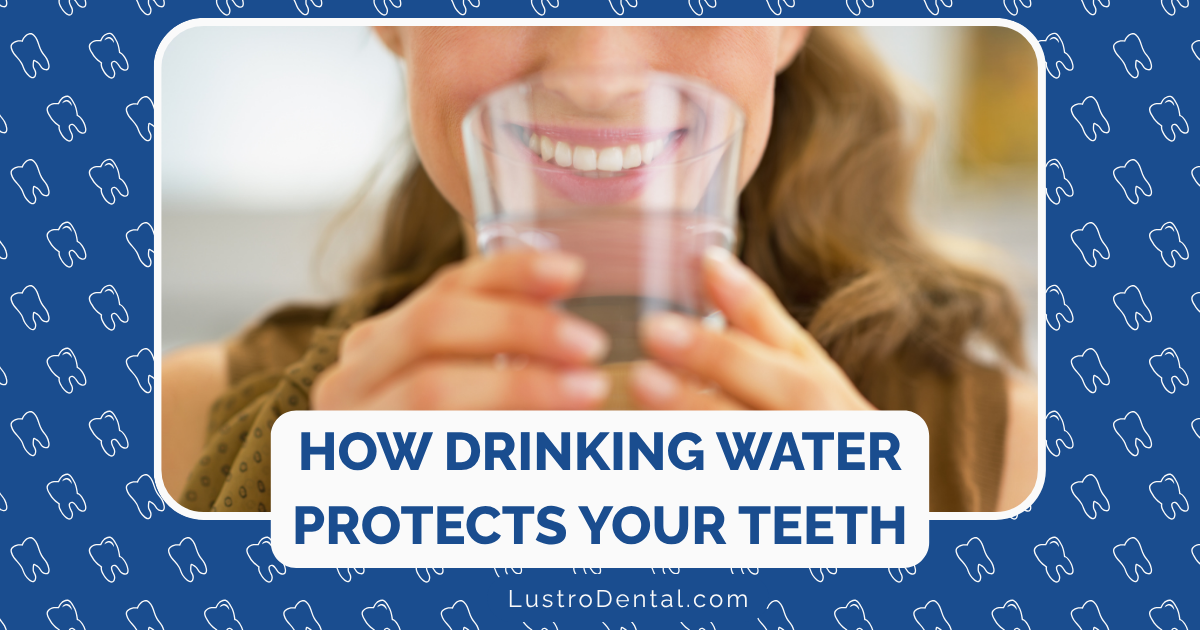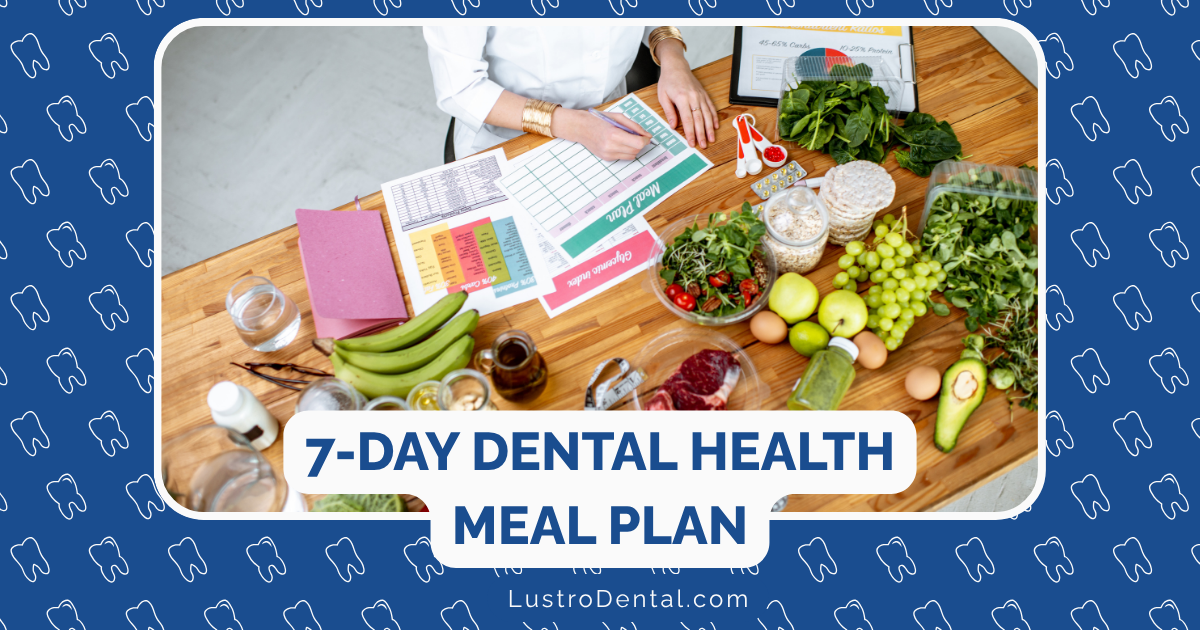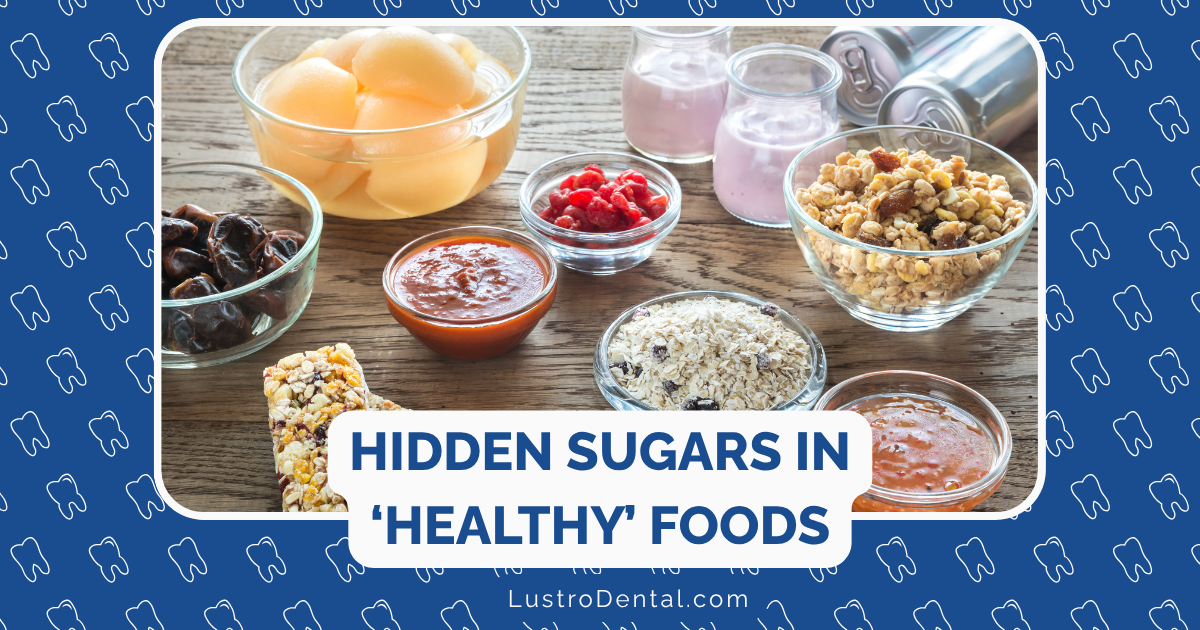The Foundation of a Healthy Smile: Nurturing Both Teeth and Gums Together
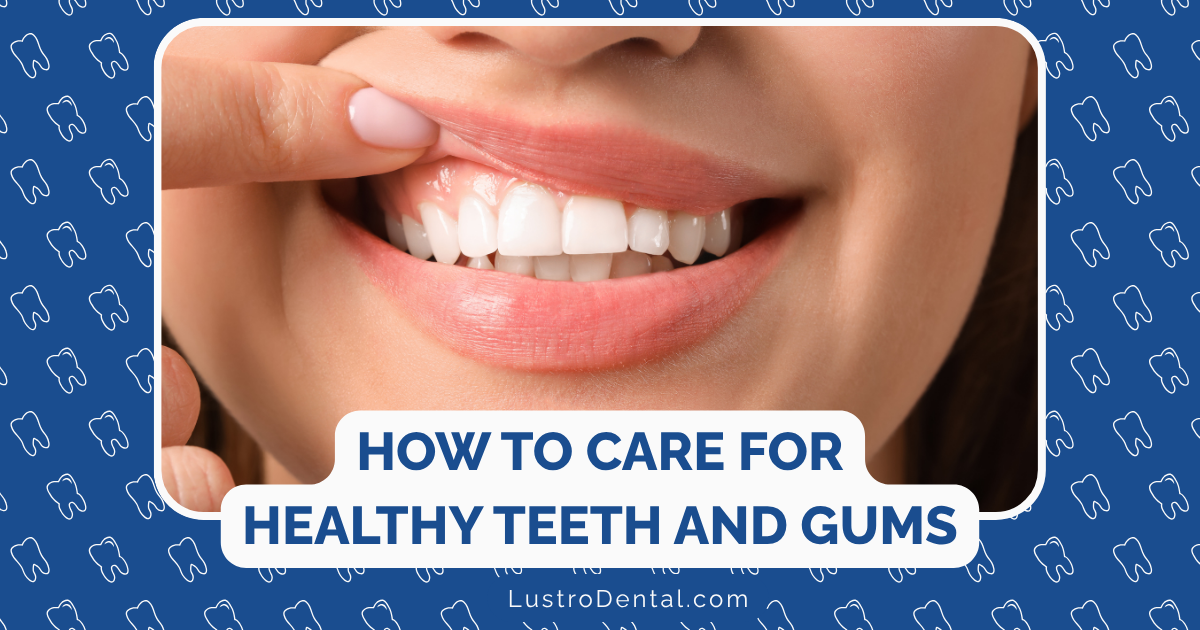
When we think about oral health, our minds often jump straight to teeth—keeping them white, straight, and cavity-free. However, this perspective misses half the picture. The foundation of a truly healthy smile lies in the symbiotic relationship between your teeth and gums. Like a house needs both sturdy walls and a solid foundation, your teeth rely on healthy gums for support, protection, and nourishment.
The truth is, you cannot have truly healthy teeth without healthy gums, nor can you maintain gum health while neglecting your teeth. They form an integrated system where the health of one directly impacts the other. Understanding this relationship is the first step toward comprehensive oral care that supports both structures simultaneously.
In this guide, we’ll explore the interconnected nature of healthy teeth and gums, uncover the common mistakes that undermine this relationship, and provide evidence-based strategies to nurture both simultaneously for optimal oral health.
The Symbiotic Relationship: How Teeth and Gums Support Each Other
Understanding the interdependent relationship between teeth and gums helps explain why an integrated approach to oral care is so important.
How Gums Support Teeth
Your gums provide crucial support for your teeth in several ways:
- Physical attachment: The gingival tissue and periodontal ligament anchor teeth securely in the jaw
- Protective barrier: Healthy gums create a tight seal around teeth, preventing bacteria from reaching vulnerable root surfaces
- Blood supply: Gum tissue delivers essential nutrients and oxygen to teeth through the periodontal ligament
- Immune defense: Gum tissue contains immune cells that help protect teeth from bacterial invasion
- Cushioning: Gums absorb some of the force during chewing, reducing stress on teeth
According to the American Academy of Periodontology, this supportive relationship is why gum disease is the leading cause of adult tooth loss—when gums fail, teeth lose their foundation.
How Teeth Support Gums
Conversely, teeth provide important benefits to gum tissue:
- Structural support: Teeth help maintain the shape and position of gum tissue
- Stimulation: The presence of teeth stimulates the gum tissue and underlying bone, preventing atrophy
- Protection: Teeth shield portions of the gum tissue from excessive abrasion during eating
- Spacing: Properly aligned teeth create appropriate spacing for healthy gum attachment
Research published in the Journal of Clinical Periodontology demonstrates that tooth loss leads to significant remodeling and often recession of gum tissue, highlighting this interdependence.
The Shared Threats
Several factors simultaneously threaten both teeth and gums:
- Bacterial biofilm (plaque): Damages tooth enamel while simultaneously irritating gum tissue
- Inflammation: Can spread from gums to the supporting structures of teeth
- Poor nutrition: Affects the integrity of both hard and soft tissues in the mouth
- Systemic conditions: Diseases like diabetes impact both structures
- Mechanical factors: Improper brushing can wear enamel while damaging gum tissue
Understanding these shared threats helps explain why comprehensive care approaches are more effective than those targeting teeth or gums in isolation.
Warning Signs: When the Relationship Is in Trouble
Recognizing early signs of trouble allows for intervention before significant damage occurs to either teeth or gums.
Signs of Gum Issues That Affect Teeth
- Bleeding during brushing or flossing: Often the earliest sign of gingivitis
- Gum recession: Exposed tooth roots become vulnerable to decay and sensitivity
- Loose teeth: Indicates advanced periodontal disease affecting tooth stability
- Pus between teeth and gums: Signals infection that can spread to tooth structures
- Changes in bite or tooth position: May indicate bone loss around teeth
Signs of Tooth Issues That Affect Gums
- Rough edges on teeth or restorations: Can irritate and cut gum tissue
- Crowded or misaligned teeth: Create cleaning challenges that lead to gum inflammation
- Grinding or clenching: Excessive forces can damage both teeth and the supporting gum tissues
- Overhanging dental work: Provides plaque traps that irritate gums
- Cavities near the gumline: Can spread infection to adjacent gum tissue
Systemic Warning Signs
Some symptoms indicate issues affecting both structures simultaneously:
- Persistent bad breath: Often signals bacterial overgrowth affecting both teeth and gums
- Dry mouth: Reduces protective saliva that benefits both structures
- Swelling or tenderness: Can indicate infection or inflammation affecting the entire area
- Pain when chewing: May signal issues with teeth, gums, or both
According to the American Dental Association, early detection of these warning signs and prompt intervention can prevent the cascade of damage that occurs when problems are left untreated.
The Oral Microbiome: The Hidden Ecosystem Affecting Both
Recent scientific advances have transformed our understanding of oral health by highlighting the crucial role of the oral microbiome—the community of microorganisms living in your mouth.
Understanding the Oral Microbiome
Your mouth naturally contains hundreds of species of bacteria, fungi, and other microorganisms living in a complex ecosystem:
- A healthy mouth contains 500-700 different microbial species
- These microorganisms form structured communities called biofilms
- Some species are beneficial, some are potentially harmful, and many are neutral
- The composition varies between individuals and can change over time
Research published in the Journal of Oral Microbiology shows that a diverse, balanced oral microbiome is associated with better health of both teeth and gums.
How Microbiome Balance Affects Both Teeth and Gums
The state of your oral microbiome simultaneously impacts both structures:
- Acid production: Certain bacteria produce acids that damage tooth enamel while irritating gum tissue
- Protective functions: Beneficial bacteria help control pathogens that would harm both teeth and gums
- Biofilm structure: The composition of dental plaque determines its potential to cause harm
- Immune response: Microbial balance affects how your immune system responds to oral bacteria
According to research in Periodontology 2000, the ecological balance of the oral microbiome may be more important than the mere presence of specific “bad” bacteria in determining oral health outcomes.
Factors That Disrupt Microbial Balance
Several common factors can disturb your oral microbiome balance:
- Diet high in simple sugars: Feeds acid-producing bacteria
- Harsh antimicrobial mouthwashes: Kill beneficial bacteria along with harmful ones
- Dry mouth: Reduces the regulating effect of saliva on bacterial populations
- Frequent snacking: Creates constant acid production
- Certain medications: Alter saliva composition and flow
- Tobacco use: Significantly changes the oral environment and bacterial composition
Supporting Your Oral Microbiome: ProDentim
ProDentim represents an innovative approach to oral health through microbiome support. Each tablet contains 3.5 billion CFUs (colony-forming units) of beneficial bacteria specifically selected for oral health:
- Lactobacillus paracasei: Helps inhibit the growth of harmful bacteria associated with both tooth decay and gum disease
- Lactobacillus reuteri: Produces antimicrobial compounds that target pathogenic bacteria while supporting gum health
- Bifidobacterium lactis BL-04: Helps maintain a balanced oral microbiome and supports immune function
The formula also includes supporting ingredients:
- Inulin: A prebiotic fiber that selectively feeds beneficial bacteria
- Tricalcium phosphate: Provides minerals that support tooth remineralization
- Peppermint: Natural flavor with additional antimicrobial properties
By supporting a balanced oral microbiome, ProDentim helps create an environment that simultaneously protects both teeth and gums—addressing the foundation of oral health rather than just treating symptoms.
Daily Care Practices That Benefit Both Teeth and Gums
Effective daily care requires techniques and products that simultaneously support both teeth and gum health.
Brushing: Technique Matters More Than Force
The most effective brushing approaches benefit both structures:
- 45-degree angle: Position the brush at a 45-degree angle to the gumline, where teeth and gums meet
- Gentle pressure: Use light pressure—enough to clean without causing damage to either structure
- Small circular or vibrating motions: Clean effectively without abrasive horizontal scrubbing
- Two-minute minimum: Allow adequate time to clean all surfaces thoroughly
- Soft bristles: Prevent damage to both enamel and gum tissue
Research in the Journal of Dental Research confirms that proper technique with gentle pressure removes plaque effectively while minimizing damage to both teeth and gums.
Interdental Cleaning: The Critical Missing Link
Cleaning between teeth addresses a crucial area where teeth and gums meet:
- Traditional floss: Effective but technique-sensitive
- Interdental brushes: Often easier to use and more effective for larger spaces
- Water flossers: Particularly beneficial for cleaning around gum tissue and dental work
- Floss picks: Better than nothing but less adaptable to different spaces
A systematic review in the Journal of Clinical Periodontology found that interdental cleaning reduces both cavities between teeth and gingival inflammation, providing dual benefits.
Tongue Cleaning: Often Overlooked
Cleaning your tongue affects the entire oral environment:
- Reduces bacteria that can transfer to teeth and gums
- Lowers the overall bacterial load in the mouth
- Helps prevent bad breath
- May reduce recolonization of teeth after brushing
A simple tongue scraper or the tongue-cleaning surface on your toothbrush provides these benefits when used daily.
Rinses and Mouthwashes: Selective Use
Not all mouthwashes support both teeth and gums equally:
- Alcohol-based rinses: May dry oral tissues and disrupt microbiome balance
- Fluoride rinses: Support tooth remineralization but have limited gum benefits
- Essential oil rinses: May benefit both structures through antimicrobial effects
- Balanced pH rinses: Help maintain an environment that supports both structures
The American Dental Association recommends selecting mouth rinses based on your specific oral health needs rather than using them indiscriminately.
The Timing Factor
When you perform oral care activities significantly impacts their effectiveness:
- Morning cleaning: Removes overnight bacterial buildup
- Evening cleaning: Most critical as saliva flow decreases during sleep
- After meals: Rinsing with water helps neutralize acids
- Before brushing: Interdental cleaning first removes debris that brushing might miss
- Spacing of care: Distributing some activities (like ProDentim) throughout the day provides ongoing protection
Research in Caries Research demonstrates that timing considerations can significantly impact the effectiveness of otherwise identical oral care routines.
Nutrition for Comprehensive Oral Health
What you eat affects both teeth and gums, often in similar ways.
Nutrients That Support Both Structures
Several key nutrients provide dual benefits:
- Vitamin C: Essential for collagen production in gums while supporting immune function that protects teeth
- Calcium and phosphorus: Primary minerals in tooth structure that also support the bone underlying gums
- Vitamin D: Critical for calcium absorption and immune regulation that benefits both structures
- Vitamin K2: Directs calcium to teeth and bones rather than soft tissues
- Coenzyme Q10: Supports gum tissue health and energy production in cells
Research in the Journal of Periodontology shows that deficiencies in these nutrients can simultaneously impact both teeth and gum health.
Foods That Promote Integrated Oral Health
Certain foods provide multiple benefits for oral health:
- Crunchy fruits and vegetables: Stimulate saliva, clean teeth surfaces, and massage gums
- Green tea: Contains catechins that benefit both teeth and gums
- Fatty fish: Provide omega-3 fatty acids that reduce inflammation affecting both structures
- Dairy products: Offer calcium, phosphorus, and casein that protect teeth while providing proteins that support gum tissue
- Nuts and seeds: Contain minerals and healthy fats that support overall oral health
A study in the Journal of the American Dental Association found that a diet rich in these foods was associated with lower rates of both tooth decay and periodontal disease.
Foods and Habits That Harm Both
Some dietary choices negatively impact both teeth and gums:
- Sugary foods and beverages: Feed harmful bacteria while creating an acidic environment
- Acidic drinks: Erode enamel and irritate gum tissue
- Sticky foods: Adhere to teeth and remain in contact with gums longer
- Alcohol: Dries oral tissues and can alter the oral microbiome
- Frequent snacking: Creates constant acid exposure without recovery time
Hydration: The Overlooked Essential
Adequate hydration supports both teeth and gums by:
- Maintaining saliva production, which protects both structures
- Helping wash away food particles and acids
- Supporting cellular function in oral tissues
- Diluting harmful substances in the mouth
The American Dental Association recommends water as the primary beverage for optimal oral health, as it supports both teeth and gums without introducing potentially harmful ingredients.
Professional Care: Beyond Just Cavity Checks
Comprehensive professional care addresses both teeth and gums as an integrated system.
The Complete Dental Examination
A thorough dental exam should assess:
- Tooth surfaces: For decay, cracks, and wear
- Gum measurements: Pocket depths around each tooth
- Bleeding assessment: Noting areas that bleed upon gentle probing
- Mobility testing: Checking for loose teeth that indicate gum and bone issues
- Bite evaluation: Assessing how forces are distributed across teeth and gums
- Oral cancer screening: Examining all oral tissues for abnormalities
According to the American Academy of Periodontology, this comprehensive approach allows for early intervention in issues affecting both structures.
Professional Cleaning: More Than Just Polishing
Effective professional cleaning addresses both teeth and gums:
- Supragingival cleaning: Removes plaque and tartar above the gumline
- Subgingival scaling: Cleans below the gumline where home care can’t reach
- Root planing: Smooths root surfaces to promote gum reattachment
- Irrigation: Delivers antimicrobials to areas between teeth and gums
- Polishing: Removes surface stains and creates smoother surfaces that resist new plaque formation
Research in the Journal of Clinical Periodontology demonstrates that regular professional cleaning significantly reduces the risk of both cavities and periodontal disease.
Preventive Treatments That Benefit Both
Several professional treatments offer dual protection:
- Fluoride varnish: Strengthens teeth while the high concentration can also have antimicrobial effects benefiting gums
- Sealants: Protect tooth surfaces while eliminating plaque traps that irritate adjacent gum tissue
- Antimicrobial therapies: Can be targeted to benefit both structures
- Guided biofilm therapy: Uses advanced techniques to remove biofilm from both tooth and gum surfaces
The Importance of Regular Visits
Consistent professional care provides benefits that home care alone cannot:
- Early detection of issues before they cause significant damage
- Professional removal of hardened deposits (tartar) that home care can’t address
- Personalized guidance based on your specific oral conditions
- Monitoring changes over time to identify developing problems
The frequency of visits should be determined based on your individual risk factors rather than a one-size-fits-all approach.
Special Situations: Pregnancy, Aging, and Chronic Conditions
Certain life stages and health conditions create unique challenges for maintaining both teeth and gum health.
Pregnancy: Hormonal Effects on Oral Health
Pregnancy creates specific oral health considerations:
- Hormonal gingivitis: Increased inflammation affecting up to 70% of pregnant women
- Increased acidity: Morning sickness can erode enamel while irritating gums
- Nutritional demands: Higher requirements for nutrients that support both structures
- Treatment timing: Some dental procedures are best performed during specific trimesters
Research in the Journal of Periodontology demonstrates that maintaining oral health during pregnancy benefits both maternal health and birth outcomes.
Aging: Adapting to Changing Oral Health Needs
Aging brings specific challenges to integrated oral health:
- Dry mouth: Common with aging and medications, affecting both structures
- Recession: Exposed root surfaces vulnerable to both decay and further gum issues
- Accumulated damage: Effects of previous conditions impact ongoing care needs
- Dexterity issues: May require adapted oral hygiene approaches
- Medication effects: Many common medications affect oral tissues
A study in Gerodontology found that personalized oral care approaches addressing these age-related factors significantly improved outcomes for both teeth and gums in older adults.
Diabetes: The Two-Way Relationship
Diabetes creates a bidirectional relationship with oral health:
- Elevated blood sugar increases risk for both cavities and gum disease
- Gum inflammation can make blood sugar control more difficult
- Both conditions share inflammatory pathways
- Integrated management of both diabetes and oral health produces better outcomes
The American Diabetes Association recognizes oral health care as an important component of comprehensive diabetes management.
Autoimmune Conditions: Special Considerations
Autoimmune conditions often affect both teeth and gums:
- Sjögren’s syndrome: Causes severe dry mouth affecting both structures
- Rheumatoid arthritis: Shares inflammatory pathways with periodontal disease
- Lupus: Can cause oral lesions and affect healing of both hard and soft tissues
- Medication effects: Immunosuppressants can alter oral defense mechanisms
These conditions require coordinated care between dental professionals and medical specialists for optimal management.
Holistic Approaches to Integrated Oral Health
Beyond traditional dental care, several holistic approaches support both teeth and gums simultaneously.
Stress Management: The Mind-Mouth Connection
Stress significantly impacts oral health through several mechanisms:
- Immune function: Chronic stress suppresses immune responses that protect both teeth and gums
- Inflammation: Stress increases inflammatory markers throughout the body, including oral tissues
- Behavior changes: Stress often leads to neglected oral hygiene and poor dietary choices
- Bruxism: Stress-related grinding damages teeth while traumatizing gum tissue
Research in Periodontology 2000 shows that stress management techniques can measurably improve markers of both tooth and gum health.
Sleep Quality: The Restoration Period
Quality sleep supports oral health in multiple ways:
- Allows for immune system recovery and repair of oral tissues
- Provides time for saliva to remineralize teeth without food interference
- Reduces inflammation that affects both teeth and gums
- Supports overall health that contributes to oral wellness
Poor sleep quality has been associated with increased risk of both cavities and periodontal disease in studies published in the Journal of Dental Research.
Traditional Practices with Modern Validation
Several traditional oral care practices have gained scientific support:
- Oil pulling: The practice of swishing oil (typically coconut) may help reduce harmful bacteria affecting both structures
- Herbal remedies: Certain herbs like neem and tea tree have antimicrobial properties that benefit the entire oral cavity
- Salt water rinses: Simple yet effective for reducing inflammation of gum tissue while creating an environment less favorable to harmful bacteria
- Tongue scraping: Ancient practice now recognized for its role in overall oral hygiene
While these approaches shouldn’t replace conventional care, research in the Journal of Traditional and Complementary Medicine suggests they can provide complementary benefits when used appropriately.
The Oral-Systemic Connection
Recognizing the connection between oral and overall health:
- Cardiovascular health shares inflammatory pathways with gum disease
- Respiratory health can be affected by oral bacteria
- Digestive health begins in the mouth with proper chewing and salivary enzymes
- Immune function is significantly represented in oral tissues
This interconnection, documented in Periodontology 2000, emphasizes why oral health should be viewed as an integral component of overall wellness rather than an isolated concern.
Creating Your Comprehensive Oral Care Routine
Bringing together all these elements, here’s how to develop a personalized routine that nurtures both teeth and gums simultaneously.
Morning Routine: Starting the Day Right
An effective morning routine includes:
- Hydration: Drink water upon waking to stimulate saliva flow
- Gentle brushing: Using proper technique with soft bristles
- Interdental cleaning: Floss, water flosser, or interdental brushes
- Tongue cleaning: Remove overnight bacterial buildup
- ProDentim: Take one tablet to support your oral microbiome throughout the day
Throughout the Day: Maintenance Strategies
Between major cleaning sessions:
- Hydration: Regular water consumption, especially after eating
- Rinse after eating: At minimum with water, or with a pH-balancing rinse
- Healthy snack choices: Opt for tooth and gum-friendly options
- Stress management: Brief relaxation techniques that benefit oral health
- Xylitol products: Gum or mints with xylitol after meals when brushing isn’t possible
Evening Routine: Thorough Care Before Sleep
The most critical care session:
- Interdental cleaning: More thorough than morning session
- Comprehensive brushing: Full two minutes with proper technique
- Tongue cleaning: Remove bacteria accumulated during the day
- Therapeutic rinses: If recommended for your specific needs
- Hydration: Small amount of water before bed (but not so much that sleep is disturbed)
Weekly Additions: Enhancing Your Routine
Add these elements on a weekly basis:
- Plaque disclosing: Use disclosing tablets once weekly to identify missed areas
- Extra attention areas: Focus on spots that consistently show residual plaque
- Self-examination: Brief check of teeth and gums for any changes
- Deep cleaning session: Slightly longer, more thorough cleaning once weekly
Monthly Assessment: Tracking Progress
Regular self-monitoring helps identify changes early:
- Visual inspection: Check for changes in gum color, position, or tooth appearance
- Sensitivity tracking: Note any developing sensitive areas
- Bleeding assessment: Monitor if and where bleeding occurs during cleaning
- Adjustment needs: Modify routine based on observations
According to the American Dental Association, this type of systematic, comprehensive approach provides the best protection for both teeth and gums while allowing for early intervention when issues arise.
Conclusion: The Integrated Approach to Lasting Oral Health
The health of your teeth and gums is inseparably linked—each depends on the other for optimal function and longevity. By understanding this relationship and implementing care strategies that address both simultaneously, you create the foundation for a truly healthy smile that can last a lifetime.
The key takeaways from this exploration of integrated oral health include:
- Teeth and gums form a single system where the health of one directly impacts the other
- The oral microbiome affects both structures and can be supported through products like ProDentim
- Effective care techniques benefit both simultaneously when performed properly
- Nutrition and lifestyle factors impact the entire oral environment, not just isolated structures
- Professional care should address the complete system rather than focusing exclusively on either teeth or gums
By implementing the comprehensive approaches outlined in this guide, you’re not just preventing problems—you’re actively nurturing the foundation of a healthy smile. This integrated perspective represents the most effective path to long-term oral health and the many overall health benefits that come with it.
Have you found approaches that particularly benefit both your teeth and gums? Share your experience in the comments below!



